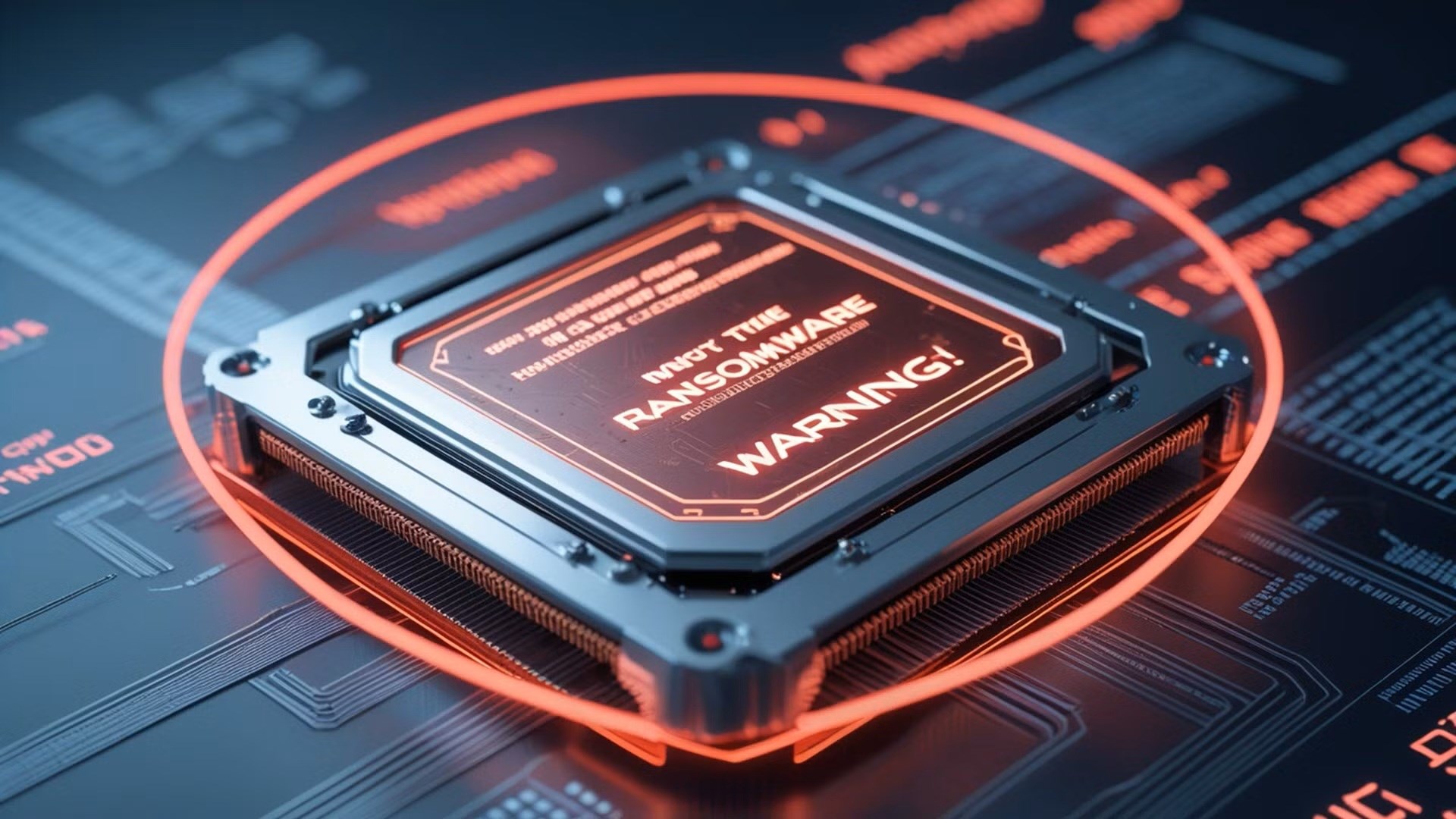Discover the groundbreaking details of the world’s first CPU-level ransomware, a new frontier in cybersecurity threats and defenses.


The cybersecurity landscape has witnessed a groundbreaking revelation with the development of the world’s first CPU-level ransomware. This unprecedented threat was conceptualized by Christiaan Beek, the director of threat analytics at Rapid7. Unlike traditional ransomware that targets software, this variant operates directly at the processor level, effectively bypassing current security infrastructures.



Beek’s innovation leverages a critical vulnerability identified in AMD‘s Zen architecture. This flaw allows attackers to inject unauthorized microcode into processors, thereby gaining the ability to manipulate encryption and alter processor behavior at a fundamental level. Google’s Security Team had earlier uncovered this vulnerability affecting AMD Zen 1 through Zen 4 processors. Subsequent investigations confirmed that the Zen 5 series was similarly compromised.
Utilizing this vulnerability, Beek has crafted a prototype ransomware capable of modifying processor behavior and overseeing encryption processes at the hardware level. Remarkably, this malware can persist even after the operating system is reinstalled. Although the prototype’s code remains confidential, its existence underscores the potential for real-world exploitation.

Beek’s research also delved into the leaked 2022 chat logs of the Conti ransomware syndicate. These logs revealed discussions about embedding ransomware into the UEFI, aiming for persistent encryption that survives even after Windows reinstallation. This highlights the expanding ambitions of cybercriminals.
In light of these developments, Beek emphasizes the critical need for prioritizing hardware security in cyber defense strategies. He warns that relying solely on strong passwords and software-based solutions will be insufficient unless vulnerabilities at the CPU and firmware levels are effectively addressed.























Sigortahaber.com, sigorta sektöründeki en güncel haberleri, analizleri ve gelişmeleri tarafsız bir bakış açısıyla sunan bağımsız bir haber platformudur. Sigorta profesyonellerine, acentelere ve sektöre ilgi duyan herkese doğru, hızlı ve güvenilir bilgi sağlamayı amaçlıyoruz. Sigortacılıktaki yenilikleri, mevzuat değişikliklerini ve sektör trendlerini yakından takip ederek, okuyucularımıza kapsamlı bir bilgi kaynağı sunuyoruz.
Yorum Yap